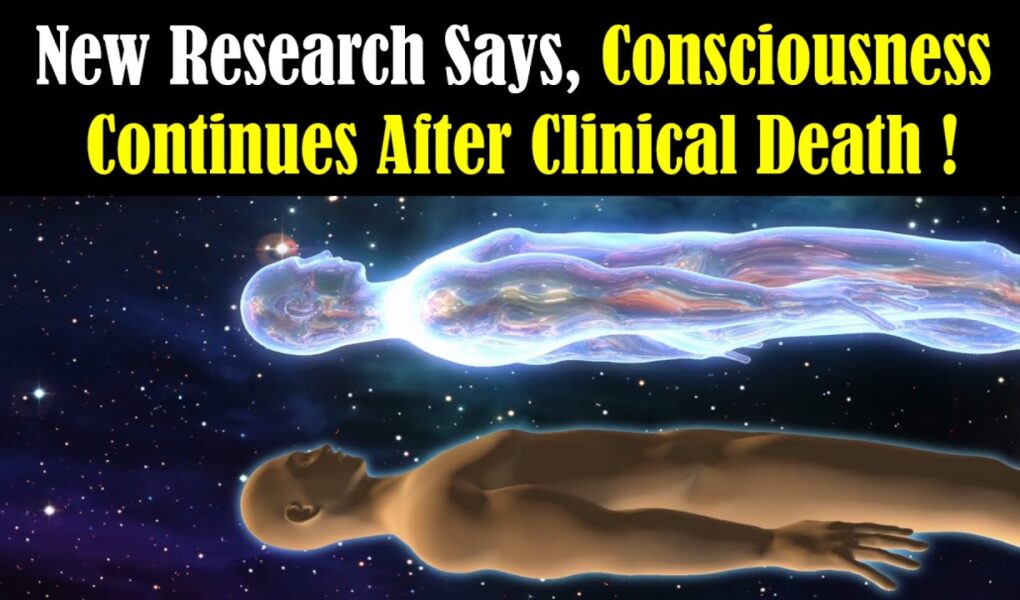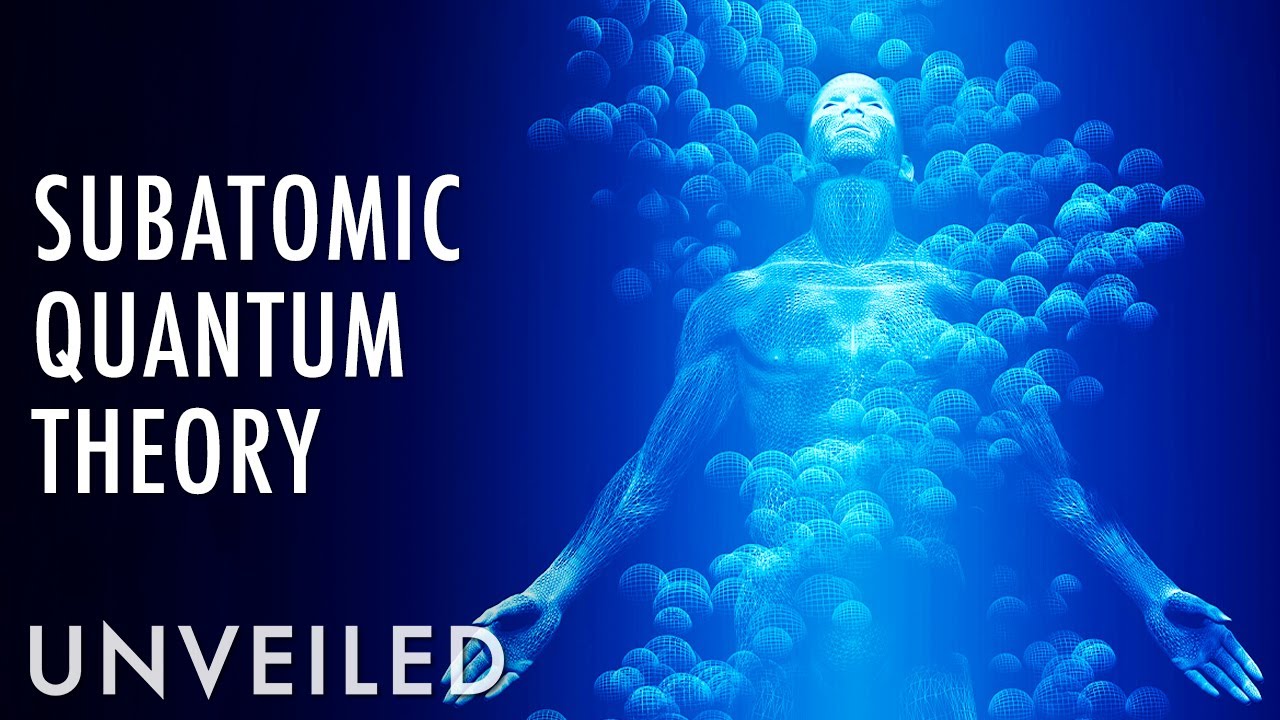Engineering Made Easy
The video explains, what happens to consciousness after death and what scientists have found about life after death. The video also covers the Near Death Experiences (NDEs).
The question of what happens to consciousness after death has puzzled humans for centuries.
While some people believe that consciousness simply ends with the death of the body, others are believers in an afterlife, where consciousness continues to exist. Consciousness is the subjective experience of the mind that allows us to perceive, think, and feel. Although it is an essential component of life, researchers continue to argue its nature and it is still a mystery. According to one hypothesis, consciousness merely results from brain activity and vanishes after brain death. This theory is supported by research showing that damage to specific areas of the brain can result in corresponding changes in consciousness.
However, other scientists argue that because consciousness is non-physical in nature, it may exist without the brain as the brain only acts as a mediator or receiver for consciousness.
Whether consciousness is a byproduct of the physical brain or a non-physical entity that transcends the physical environment is one of the most important concerns regarding consciousness. This question becomes even more complex when we consider what happens to consciousness after the brain dies.
According to some researchers, consciousness is totally dependent on the physical brain and vanishes when the brain shuts down. This view is grounded in the assumption that all mental phenomena can be reduced to physical processes in the brain. From this viewpoint, consciousness simply results from the neural activity of the brain, and when the brain stops working, consciousness also ends. This is sometimes linked to materialism, which holds that all mental occurrences can be explained by physical processes and that the material world is the sole reality.
One reason given to support this argument is, injury to particular brain regions might lead to the loss of particular cognitive abilities or perhaps consciousness itself.
Additionally, research has demonstrated that some chemicals may alter consciousness by influencing neuronal activity in the brain. For instance, anesthesia can cause a condition of unconsciousness by suppressing brain neuronal activity.
But before solving the mystery of what happens to consciousness after death, it is necessary to understand, what we mean by death?
Clinically, a person is declared dead when his heart stop beating, breathing stops and Blood circulation comes to a halt and finally the brain shuts down.
But because of life saving techniques such as CPR, it has become possible to revive a person by restarting his heart. Such techniques have blown apart our understanding of what it means to be dead because death was considered the point past which we are no longer able to return.
It was formerly widely accepted from a scientific perspective that our consciousness ends with our physical bodies. But scientists have seen consistent proofs in recent years that it can take several days or longer for a person’s brain cells to degrade beyond repair after they pass away.
University of Washington microbiology professor Peter Noble has reported that genes can remain active after death, based on observations made by scientists working on human cadavers. In 2017, Noble and his colleagues conducted a study on mice and zebrafish, which showed that as many as 1,063 genes continued to be active after death, & in some cases, their activity even increased for up to four days. This suggests that gene activity can persist after death and may have implications for our understanding of post-mortem processes.
Noble explained that a considerable number of these genes are related to development. He suggested that our bodies might undergo a reversal to the cellular state present during our embryonic stage in the immediate consequence of death, which is both intriguing and somewhat unsettling. Noble’s study discovered that cells of some animals remain alive for several weeks after death. This research implies that our bodies undergo a gradual shutdown, with various parts dying at different rates instead of all at once.
Near-death experiences (NDEs) offer another perspective on what happens to consciousness after death.
Persons have near-death experiences, when they are on the verge of passing away or have been brought back from the death. Out-of-body experiences, visits with loved ones who have passed away, and intense sensory experiences are just a few of the events that have been referred to be NDEs.
Although each person’s NDE is unique, there are recurring features across the thousands of recorded experiences. An out-of-body experience, in which the individual feels as though they are floating above their own body and viewing the scene from a higher viewpoint, is one of the most typical characteristics of an NDE.
#consciousness #afterlife #nde
Source



The idea that your consciousness goes on forever at one moment fills me with happiness, but at another, terrifies me to Lovecraftian levels.
one of the best channels on all of YouTube. you are great. billion galactic thanks for uploading and sharing the knowledge with us 🌹
Your soul continues with your conscious, we sre spiritual beings in a physical experience
A good balanced video, possibly a bit on the light side as cases of knowledge gained such as things seen or previous unknown relatives give substantial weight to the validity of NDE's.
You don't want after life. You're promised to rest in peace. By the time you die you don't want continued social problems, for if there were not these problems you would not be you, others would not be them. Be simular to star tracks the Borg.
Consciousness is like a WiFi signal and your brain and vital organs are the router. Once the router goes dead, the signal doesn’t go away. It’s not that AI is becoming more human, humans are realizing how much they are like primitive conscious routers.
My wife had a NDE or Lack of Oxygen Event. Her story sounded like a wild dream, but very similar to other NDE’s as far as out of body to meeting loved ones etc. She had a message to me from someone named Christopher Lee. The message had to do with my spirit guide but didn’t make sense to me at the time. I told my mom about it when her close friend passed away. She almost fell over and disclosed to me that was a brother of mine that passes before i was born. She never told me anything about this. So if NDEs are real then we have an amazing future beyond this life. If the scientific explanation people are right I’m thinking this whole oxygen thing is completely Over rated and we would be much happier without the whole oxygen thing. Either way seems like a win either way. But i am curious as yo how lack of Oxygen causes people to accurately name other people’s family members they never met. If it can be explained then i think if i hold my breath long enough my brain will accurately uncover names and events that otherwise would have gone the way of the unknown. Its amazing how the normal amount of Oxygen keeps us alive. But lack of Oxygen uncovers family secrets. Its a wild world out there.
My mother never left my side upon death, and on the afternoon before her funeral, she directed me to where her body had been taken – I actually arrived first, much to the amazement and fury of my sister-in-law whose husband, my elder brother, was the executor and had organised mum's funeral – "how did you know where she was?"! Of course, I ignored the question from one who'd at best saw my parents twice a year for 30 mins at most! My mother was where she'd been sitting for well over a decade, on the front passenger seat directing her daughter to where she wanted to go, only this time to where her body was taken! I was my parents carer for well over a decade, until their deaths.
The Libet experiment is know as the experiment that puts free will into question; it demonstrates that consciousness is nonlocal. Organ recipients, especially heart transplants, will adopt characteristics of the donor. The brain doesn't produce consciousness. There are many subsequent experiments like it. If we connect electrodes reading the brain, buttons on the thumbs pushing randomly; we have a binary read out to line up that predicts what button is going to be pushed 6 seconds previous. Another version is like playing wack a mole with dots on a computer screen while reading the brain, with longer prediction time. In 2019 a version called Decoding the Contents and Strength of Imagery Before Volitional Engagement demonstrates a full 15 seconds prediction. This is difficult for most people to wrap their mind around. If a deer steps out in front of you while driving there is still a reaction time stepping on the brakes, but the brain is receiving signals before the deer stepped out.
Can you link the said evidence please 🙏?
Consciousness is all there is